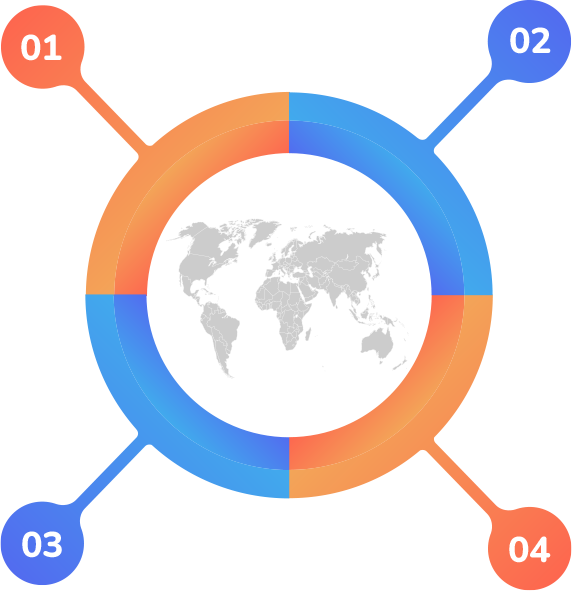What is algorithmic trading
Algorithmic trading is the process of using computers programmed to follow a defined set of instructions (an algorithm) for placing a trade in order to generate profits at a speed and frequency that is impossible for a human trader. The defined sets of rules are based on timing, price, quantity or any mathematical model. Apart from profit opportunities for the trader, algo-trading makes markets more liquid and makes trading more systematic by ruling out the impact of human emotions on trading activities.

Consider the below example:
For whom is algorithmic trading useful?
Mid- to long-term investors or buy-side firms – pension funds, mutual funds, insurance companies – use it to purchase stocks in large quantities when they do not want to influence stock prices with discrete, large-volume investments.
Short-term traders and sell-side participants – market makers (such as brokerage houses), speculators and arbitrageurs – benefit from automated trade execution; in addition, algo-trading aids in creating sufficient liquidity for sellers in the market.
Systematic traders – trend followers, hedge funds or pairs traders (a market-neutral trading strategy that matches a long position with a short position in a pair of highly correlated instruments such as two stocks, exchange-traded funds (ETFs) or currencies) etc. – find it much more efficient to program their trading rules and let the program trade automatically.
How is it better than manual trading?
Strategy development
Looking at charts, quotes or news and trying to find a trade signal as per your strategy.
Filling in the order details when you DO find a trade signal (money time! Yay!)
Strategy development
Monitoring your trades to see if they reached your target or went in the opposite direction (as they often do)
Closing positions to either book profits or cut losses All these tasks need to be carried out immediately and accurately. Sometimes, even simultaneously.Moreso, if the trader would like to test/implement one more strategy, it is extremely difficult to manage both. In these cases, algorithms perform all the heavy lifting work of performing these tasks. What are the advantages of algorithmic trading?

Strategy development
Faster & more accurate: Algos can track even a small change in prices & execute orders faster than humans can.
Processes large amounts of data: Suppose a trader needs to track 1 minute data for 10 stocks. Doing this manually has a very high risk of error. Using algorithms completely eliminates the risk. Algorithms can also be programmed to process multiple indicators for multiple assets without any loss of accuracy.
Strategy development
Eliminates human biases & sentiments: Algorithms will follow the instructions given, without allowing any bias or sentiment to influence trading decisions.
Allows for multitasking: Algorithms can constantly run & execute orders according to given instructions, without any manual intervention. This means that traders can be free to create more strategies, take breaks or spend time doing other things.




